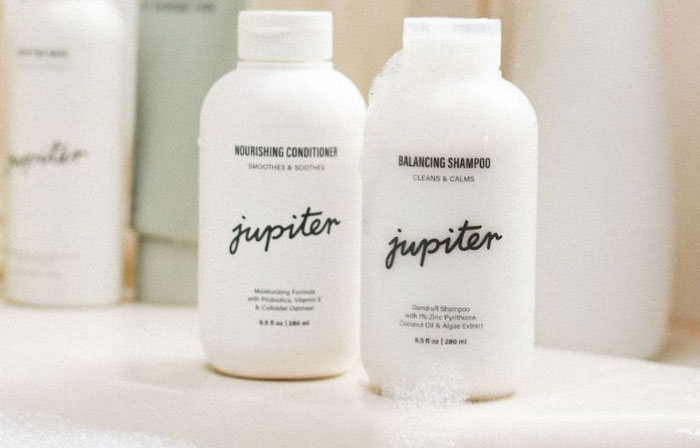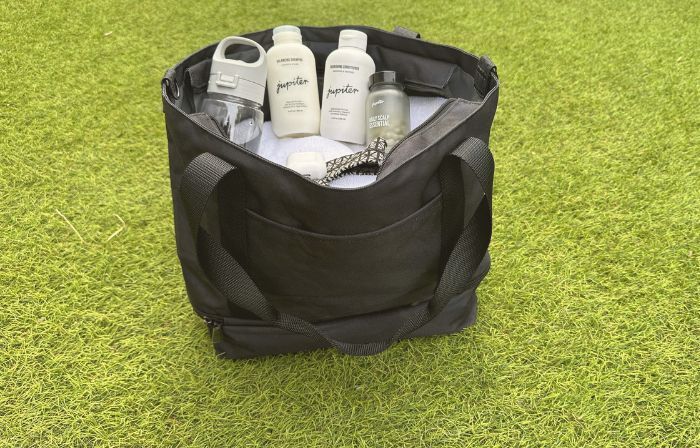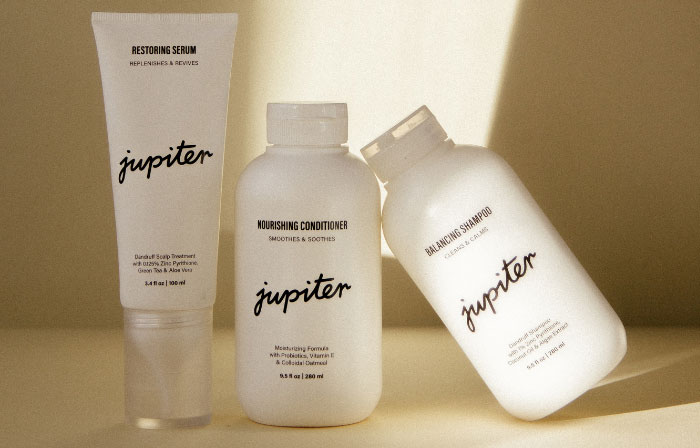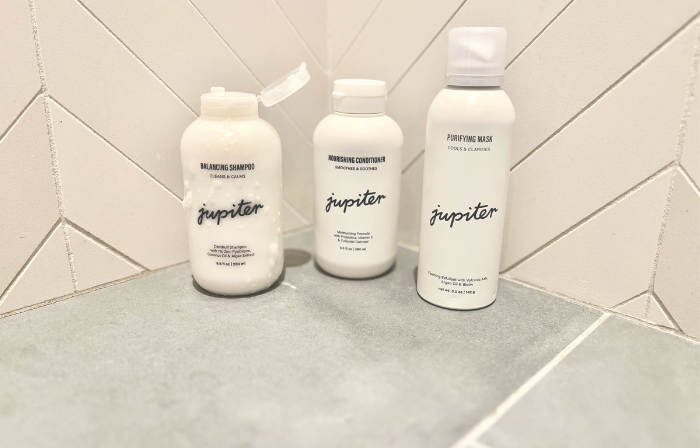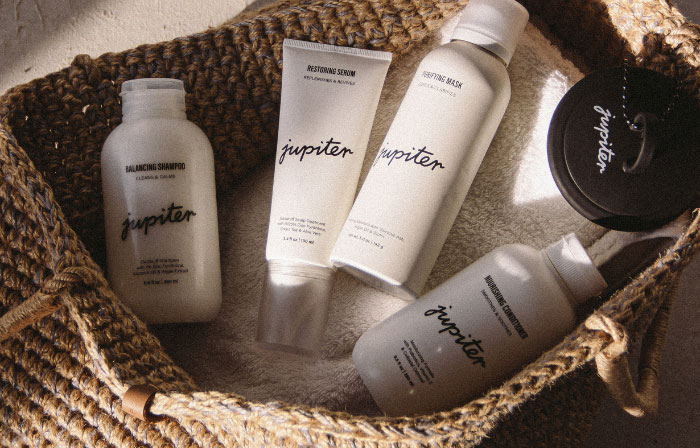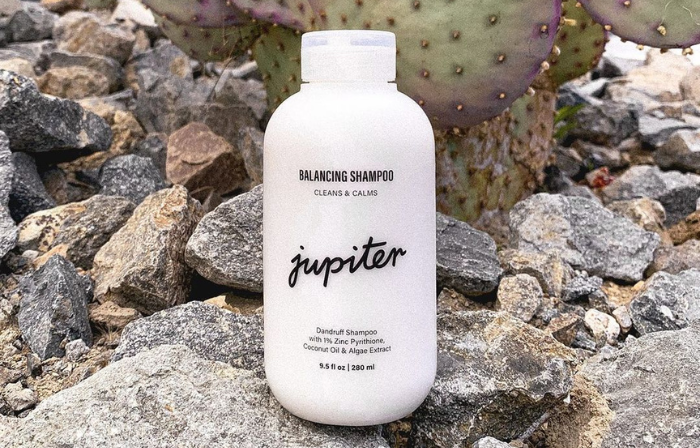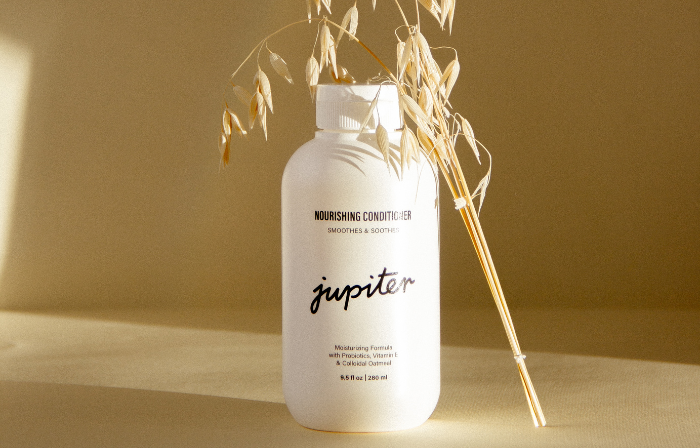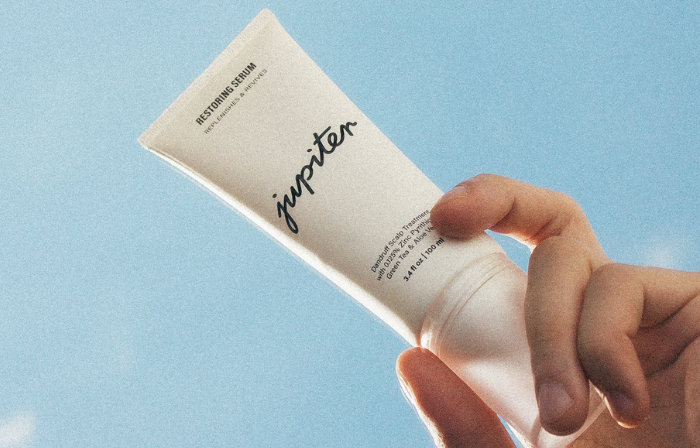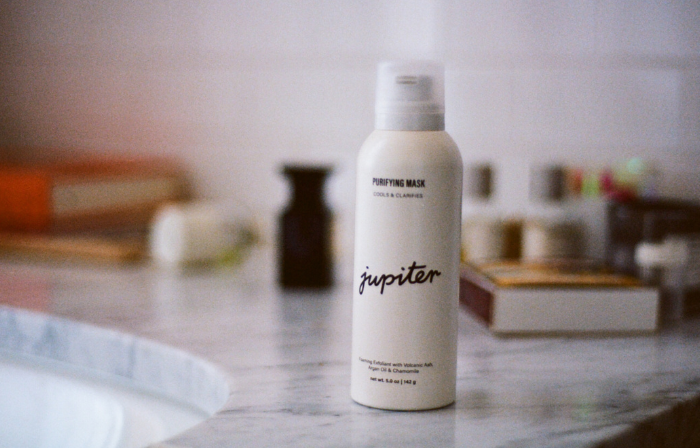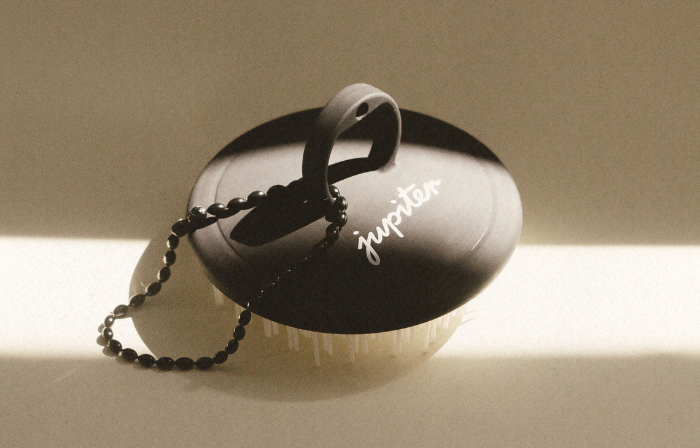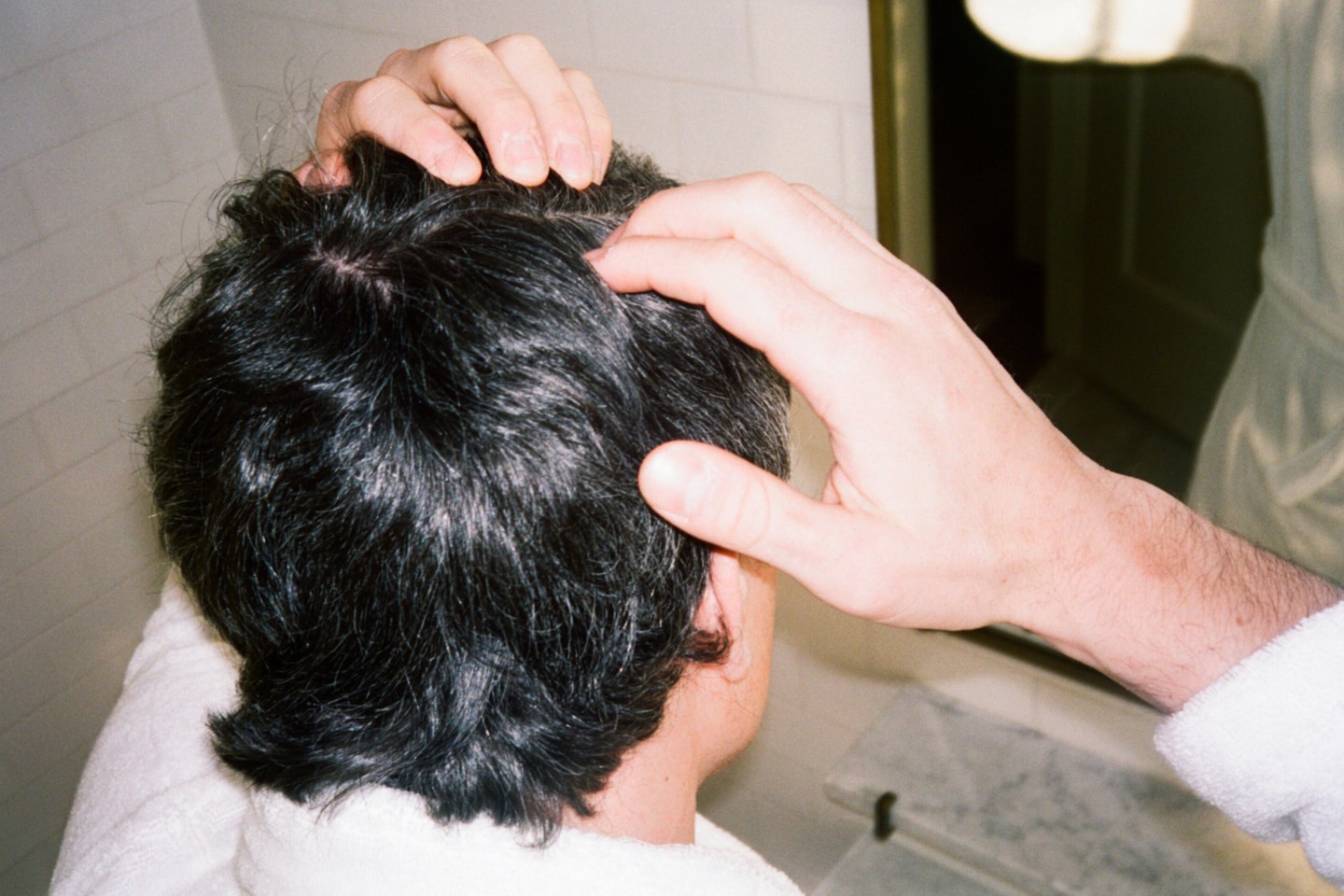Seborrheic Dermatitis: Causes, Symptoms, & Treatment
Seborrheic dermatitis is a mouthful to say, and living with it is no walk in the park either. In this guide, we’ll look at symptoms, causes, and treatments for this itchy, complex, and often-frustrating condition. But here’s a friendly spoiler alert: with the right tools and knowledge, seborrheic dermatitis can be managed painlessly and effectively.
What is Seborrheic Dermatitis?
In short, seborrheic dermatitis (also known as seborrhea or SD) is a skin condition that results in scaly red skin patches. It also goes by the names seborrheic eczema and seborrheic psoriasis or sebopsoriasis, depending on the primary causes and location on your body. Different names, all difficult to pronounce.
The skin problems from seborrheic dermatitis can resolve on their own within weeks to months, but without continuous management, they may return. Treatment of seborrheic dermatitis starts with calming your inflamed skin and relieving the itch. And for many people with atopic dermatitis, treating the whole body - skin and scalp - is necessary.
Common Seborrheic Dermatitis Symptoms
Seborrheic dermatitis symptoms range from mild itchiness to scaly skin patches to angry-looking lesions on your skin. Seborrheic dermatitis occurs mostly on the scalp, which causes dandruff - i.e., flaking of the scalp triggered by irritation. Scalp seborrheic dermatitis might involve minor flaking, or it could be more severe with a red, scaly rash.
Other symptoms of seborrheic dermatitis include dry, scaly patches on your face, chest, and back, or flaking on your eyebrows, eyelids, nasolabial folds (laugh lines), and/or ears. More specifically, anywhere your skin contains sebaceous glands (oil-producing glands, more on that below), cell buildup can cause flaking and itching.
Symptoms can also change depending on how severe a specific outbreak is. You may notice a minor rash at times, while other cases involve extreme itching. Because the condition comes and goes, it’s difficult to predict when and how your skin will respond.
What Causes Seborrheic Dermatitis?
Researchers tend to agree that there are two likely causes behind seborrheic dermatitis. One is a yeast called Malassezia (more on that below as well), and the other is your own immune system. Accordingly, seborrheic dermatitis tends to flare when the body or mind is stressed – emotional stress, illness, travel or significant weather changes.
Fungal Causes of Seborrheic Dermatitis
Malassezia is a type of yeast - a fungus - that commonly resides near your skin’s oil-secreting glands. Since you have many sebaceous glands on your scalp, it’s a prime place for the Malassezia species to flourish. Don’t be squeamish - Malassezia (along with millions of other microorganisms) is naturally present on the skin of humans and animals. But for reasons the medical and scientific community don’t fully understand, it causes buildup, itching, irritation, and flaking in some scenarios.
Is Seborrhea an Autoimmune Disease?
Some researchers believe that seborrheic dermatitis is an autoimmune disease of sorts (where your immune system mistakenly attacks your body), while others consider it an allergy. It is largely regarded as the body’s overactive immune response to general conditions.
For some people, flare-ups happen when they experience exposure to specific allergens. Things like dust mites, pollen, pet dander, and even ingredients in your personal care products can trigger a reaction that results in crusty, flaky skin and itching.
In other cases, there may be no apparent reason for the outbreak of a rash. Microscopic allergens could be to blame, but it could also be that your body is overcompensating for what it perceives as a threat to your immune system.
Conditions Related to Seborrheic Dermatitis
Many dermatologic medical conditions fall under the umbrella term of seborrheic dermatitis. Here are a few conditions that present with similar symptoms to SD but that may require a professional diagnosis from your dermatologist or a healthcare professional.
Who Can Get SD?
Scientists have confirmed that seborrheic dermatitis is common and occurs in about 1 to 3 percent of the population. People from infants to older adults struggle with the prevalence of seborrheic dermatitis, but seborrheic dermatitis is not contagious.
Seborrhea in Infants
While anyone of any age can get seborrheic dermatitis, we give it a special term in babies. In infants, it’s known as ‘cradle cap’ or ‘infantile seborrheic dermatitis.’ Most cases happen on babies’ scalps, but symptoms can also crop up in their diaper area or, in rare instances, the entire body.
Although for adults dandruff and scaly skin is a recurring problem, babies tend to grow out of it. Cradle cap oftentimes clears up on its own without treatment. Experts say it tends to resolve before or around when babies turn one.
Other Seborrhea Causes
Using the wrong personal care products for your scalp or skin may lead to signs or symptoms of seborrheic dermatitis. For example, a shampoo with a lot of additives, fragrances, or dyes can irritate your scalp.
Read on for more on seborrheic dermatitis treatments.
How to Treat Seborrheic Dermatitis
Topical products are the most common method of treating seborrheic dermatitis. For example, antifungal agents can eliminate yeast that commonly contributes to skin problems and anti-inflammatory agents can help to control symptoms.
Treating Scalp Itching and Flaking
The best medicated shampoos rely on scientifically-proven Zinc Pyrithione (ZPT) for dandruff relief. Zinc Pyrithione has been shown to knock out the yeast that triggers your skin to react. That’s why we suggest regularly washing your hair with Jupiter’s Balancing Shampoo, a cleansing shampoo formulated with Zinc Pyrithione to help control dandruff and relieve itching.
If you experience flaking and peeling on other areas of your body, however, you’ll need another form of topical treatment.
Scalp seborrheic dermatitis might involve minor flaking, or it could be more severe with a red, scaly rash.
Treating Facial Seborrheic Dermatitis
Though dandruff shampoos with Zinc Pyrithione are excellent for decreasing or eliminating dandruff, the skin on your face often requires a different solution and you should see a dermatologist for any persistent skin concerns.
Over-the-counter options like topical corticosteroids, salicylic acid, and topical steroids may help ease dryness and scaling on your face. Corticosteroids are often available without a prescription in concentrations of up to 0.5 percent. Low levels of corticosteroids are gentle enough for most skin types.
Calcineurin inhibitors are another skin treatment option that focuses on easing inflammation. Topical calcineurin inhibitors include formulations like cyclosporine and tacrolimus, both of which require a prescription.
Treatment for Seborrheic Dermatitis in Babies
For babies with cradle cap, medical providers working in dermatology often instruct parents to use mild baby shampoo and scrub their child’s scalp gently. Many medicated shampoo products are too harsh for small children, so check with your doctor before using anything harsher than baby soap on your child.
Lifestyle Changes to Help Ease Seborrhea Symptoms
Although topical solutions should help relieve your itchy symptoms, there are other changes you can make for healthier skin. Here are some helpful tips for cutting down on environmental triggers that may impact your skin.
Managing Seborrheic Dermatitis Symptoms
While seborrheic dermatitis of the scalp can be a hassle, there are proven ways to treat this skin disorder. From topical products for your face to dandruff shampoos for your scalp, the right products can alleviate many of the side effects of seborrheic dermatitis throughout any affected areas. Jupiter's dandruff products are formulated with Zinc Pyrithione to relieve flaking, itching, and redness, and our clean shampoo, hair, and scalp care products will leave your hair and scalp looking its best.
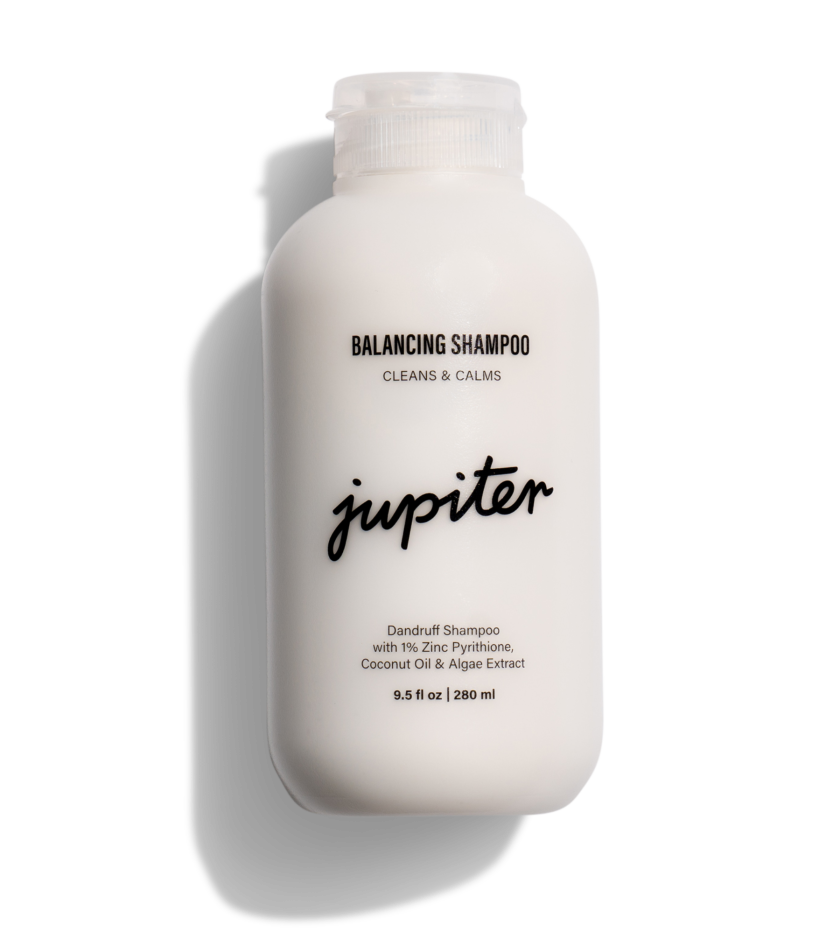
Meet our head honcho. This soothing multi-tasker gets to the root of flaking and irritation, thanks to our star active ingredient, Zinc Pyrithione. Backed by a lush aroma of mint, vanilla, rosemary, sage, tangerine, and lavender, it’s bound to elevate your mood, and your shower.
